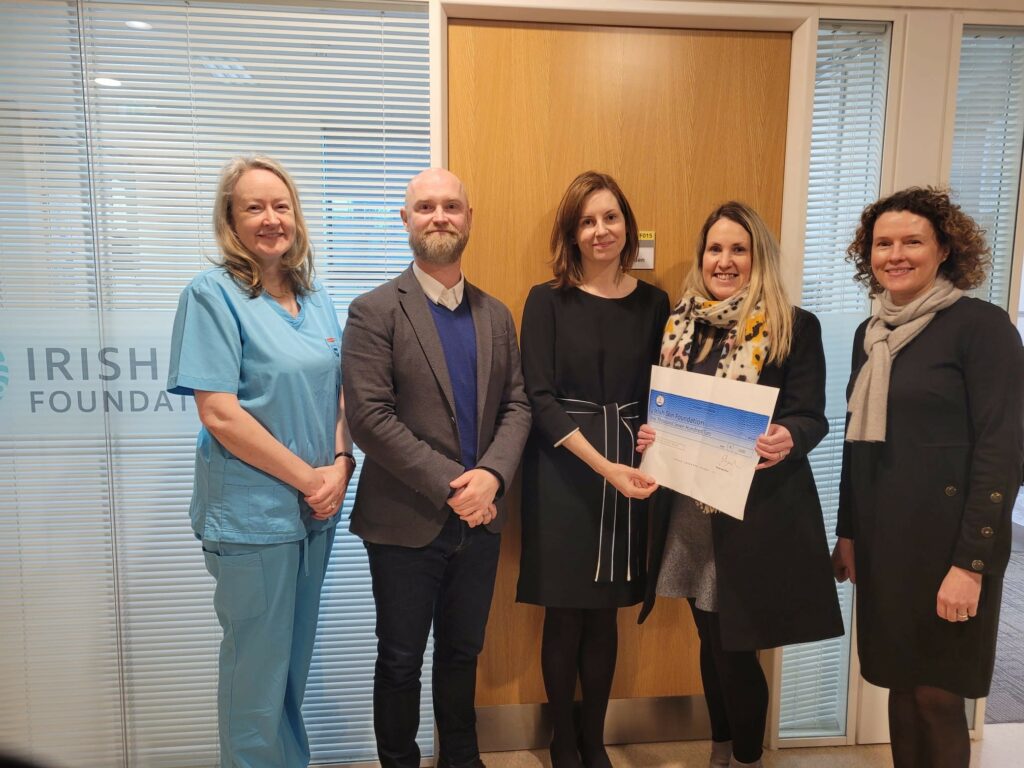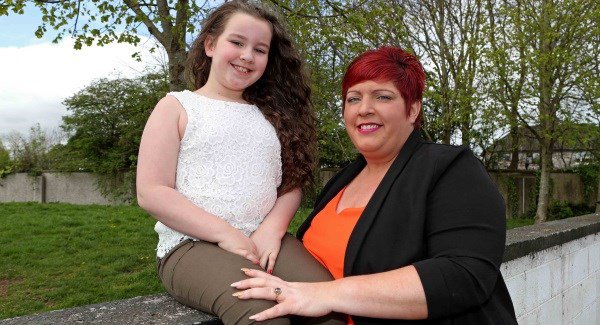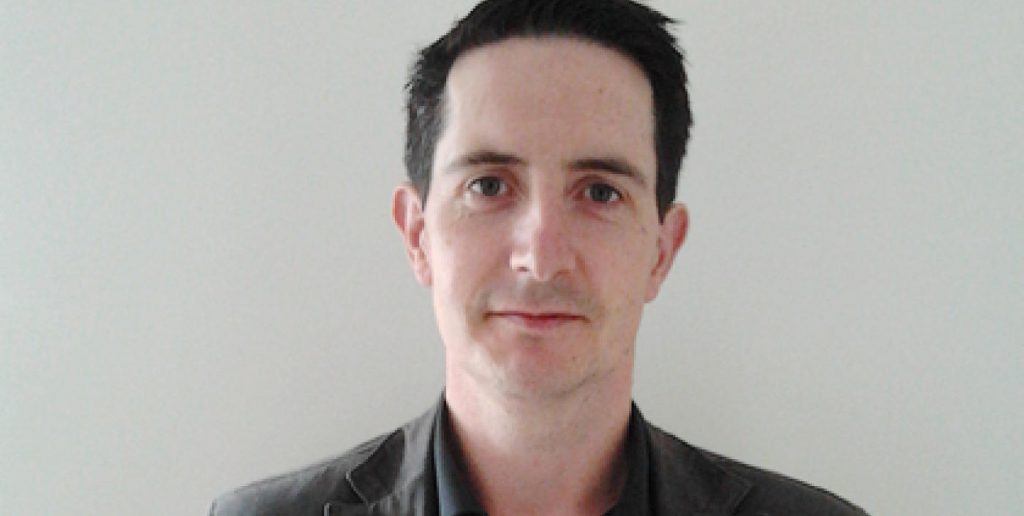“Many people associate acne with the teenage years,” says Selene Daly, who is based in Sligo University Hospital and has over 12 years of experience in the dermatology/skincare sector. “However, acne is also becoming more common in adults, increasing by about 30-40 per cent in women over 40. And these women may not have ever experienced acne symptoms before!
“Acne develops when hormone levels rise, which causes the skin glands to produce more sebum or oil. When oil mixes with dead skin cells, it clogs the skin’s pores and bacteria can grow within, creating blackheads, pustules (pimples containing pus) or papsules (hard pimples). People sometimes assume that because bacteria or dirt is blocking pores, this must mean that our skin is dirty and needs to be cleaned.”
However, Selene says this isn’t the case.
When I was a student nurse, many believed that if you rubbed alcohol-based wipes on your skin, it would clean off the acne but it doesn’t – this actually spreads the acne or bacteria. You should never use anti-bacterial wipes or exfoliating scrubs because they can be too abrasive and may cause scarring and the acne to flare. Use a gentle cleanser and moisturiser instead.
“Don’t just assume you will grow out of acne – I would always encourage people to seek medical attention, in order to make a more informed choice about treatment plans. You can be prescribed with an oral antibiotic, such as Tetralysal which is used over a 4-6-month period, and a topical antibiotic gel which can be used on your face in the morning – both of which suppress bacterial activity. If you hang on and wait for moderate-to-severe acne to clear, you could develop scarring, which dermatologists can’t do much for.”
Although rosacea, a skin condition which causes flushing and redness in the face, is often mistaken for acne and is treated in a similar manner, Selene explains that it is an entirely different condition.
“Sometimes people can get both – redness and flushing of cheeks can also be in combination with acne. When I began dermatology, we used to describe it as acne rosacea but now we diagnose them separately. Acne can be reduced and cleared, but with rosacea, there is no permanent cure but you can control it. We do treat them both with oral and topical antibiotics, while rosacea can also be treated effectively with IPL (Intense Pulse Light) therapy and laser.
“People often feel that diet is a cause of both skin conditions. However, eating chocolate or fries all day long isn’t going to give you acne. It’s not very healthy for you but it’s proven that diet isn’t linked to acne. Sometimes some spicy or citrus-based foods can trigger rosacea, but what people may not know is that the biggest trigger of this is sunlight or UV light. Overexposure to light can cause flares of redness in the cheeks and nose, so as well as medical treatment, protecting your skin by wearing a very high SPF, 30 or 50, on your skin every day is important.”
Selene says people need to have an awareness of skincare misinformation.
“There are so many myths about skincare out there so you need to seek out the professionals who work with scientific-based evidence,” she says. “Those who understand the background of the condition, the medication that works and what’s safe for patients. Recognise the fact that there is help out there – if a skin condition is making you feel down, save yourself time, money and heartache from buying expensive products or facial treatments that won’t work, and seek that medical attention you need from your GP or dermatologist.”













